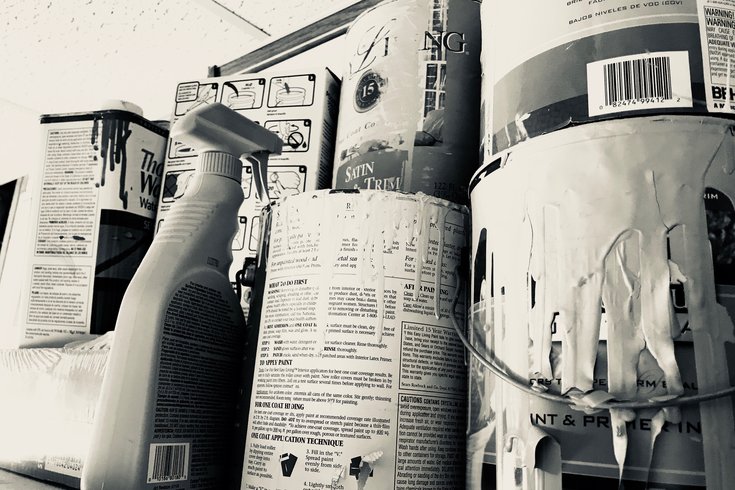
July 07, 2016
 File Art/PhillyVoice
File Art/PhillyVoice
Ensure your family’s environment is a safe one.
Do you have old lumber lying around your yard? Or a half-filled gas can? Rusty nails from a recent construction project in the basement? These items can cause not only injuries but serious illnesses such as tetanus -- if you’re not careful. Whether you’re a new homeowner or have lived in your house for decades, review your property for the hazards listed below to ensure your family’s environment is a safe one.
It might surprise you to learn how many people believe that it’s acceptable to vent a clothes dryer inside the house. Some even assume that the moist air expelled is beneficial, functioning as a humidifier. This is erroneous and dangerous. Clothes-dryer exhausts must always vent to the outdoors, through a specially designed and carefully sealed wall or window opening. Dryer exhausts should be also inspected regularly for lint buildup, which can ignite.
If rooms in your home were painted more than 30 years ago – before the 1970s, when lead paint was banned – chances are you have lead paint in your home. When the paint inevitably begins to chip, it can be ingested by toddlers and young children, causing lead poisoning. Purchase a home lead-testing kit to be sure – then, to be super-safe, rather than scraping or sanding it yourself, hire a professional to remove it for you. The few dollars you’d save doing it yourself simply aren’t worth the risk.
While popular media stories about the toxic nature of mold are sometimes a bit sensational – mold spores are, in fact, natural and everywhere – if you see black mold growing anywhere in your home, it’s wise to take care of it promptly. Mold remediation, as it’s called, is much less expensive when it’s taken care of early, and the fact is, for many people asthma and allergies can be triggered by mold.
Every winter, there seem to be dozens of stories of household fires caused by space heaters. If you must use one, it is absolutely essential that you purchase a model with a tip-over shut-off mechanism, so that if the unit is knocked over it won’t ignite carpets, clothing, upholstery, or curtains, leading to a catastrophic result.
In your home, any stairway with three or more steps should have what safety experts call a “graspable” (not simply a decorative) handrail. Countless broken arms and hips have been caused by falls down seemingly safe household stairways that didn’t have a handrail to hold onto. Sometimes, architects and style-conscious designers will prefer the sleek look of “open” stairs devoid of a handrail, yet in most areas these are strictly against building codes.
If your garage is attached to your home -- usually via a door leading to a kitchen or mudroom -- it is vital that the door be fire-rated, have an automatic closing mechanism, and that any cracks or openings in the doorway or surrounding wall be caulked and sealed. This represents protection from both carbon monoxide, should a car motor accidentally be left running, and fire.
As with lead paint, if your home is more than 30 years old, asbestos may have been used as a building material. This is only relevant when you are doing home renovations, and you’re planning to disturb, remove, or cut into the material, which can introduce it into the air.
It can be difficult for the untrained eye to identify asbestos, so an expert should be called in to make the determination. Importantly, asbestos is a danger only if it’s disturbed – and often, homeowners will make the decision to “leave well enough alone” rather than disturb it.
There are scores of other items and situations around the typical home that can be classified as hazardous. Radon; volatile organic compounds in everything from plastics to carpeting; insect and rodent repellents and lawn & garden pesticides that present a danger to curious children; drownings in the shallow water of a bathtub or a backyard swimming pool with no safety fence; and on and on.
No homeowner can make a home 100 percent hazard-free. However, awareness of the most common risks is an important start to creating a home in which your family is as safe as possible.